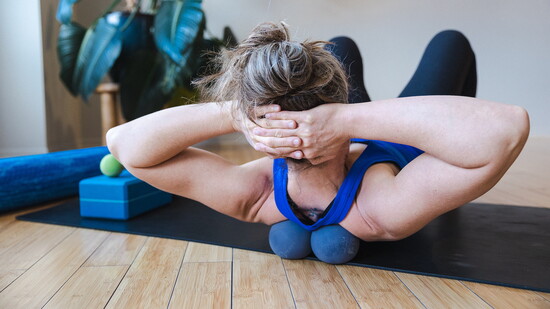As Fall routines kick in and ski season approaches, many active adults in our community double down on training—but overlook the power of myofascial release (MFR) as part of their wellness strategy.
MFR is advanced, intentional bodywork that helps reduce chronic tension, improve mobility, and support nervous system regulation. It’s not about relaxation—it’s about real, functional change. By targeting fascia—the connective tissue surrounding muscles—MFR addresses compensation patterns and stiffness that limit performance and increase injury risk.
Aches and pains aren’t just a sign of aging; they often point to fascia that’s dehydrated, stuck, or overloaded from long-held patterns. Just like brushing and flossing support dental health, myofascial care supports the long-term health of your muscles and movement system.
The most effective approach is to work with a trained massage therapist or physical therapist who is skilled in advanced manual therapy techniques. However, you can also support your fascia through self-myofascial release (MFR), using foam rolling and massage balls. Some studios and gyms even offer MFR classes that blend movement with release techniques for a full-body reset.
Whether you are prepping for ski season or just want to move through daily life with less pain and more ease, MFR belongs in your routine—right alongside strength training and mobility work.
